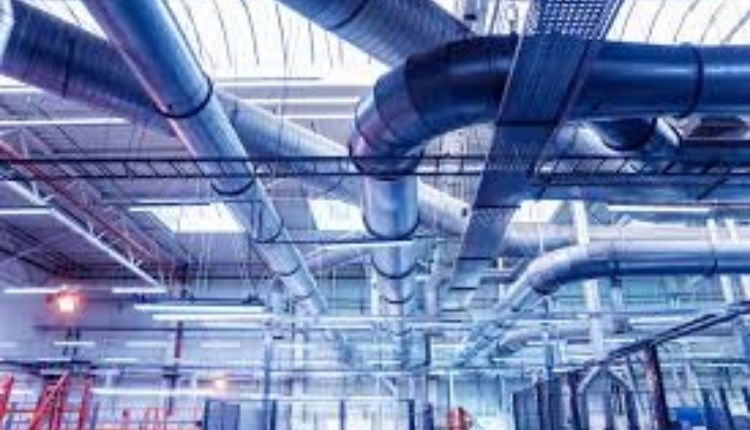Pipe Fitting | How to Choose the Right One
How to Choose the Right Pipe Fitting for Your Project
Choosing the right pipe fitting for your project is crucial to ensuring your piping system’s efficiency, safety, and longevity. Whether working on a residential plumbing job, an industrial installation, or a large-scale infrastructure project, selecting the appropriate fittings can prevent leaks, maintain flow integrity, and reduce maintenance costs. Here, we will walk you through the key considerations to help you make an informed decision.
Understanding Pipe Fittings
Pipe fittings are essential components used to connect, control, and direct the flow of pipes. They come in various shapes, sizes, and materials, each designed to serve a specific function. The main types of pipe fittings include elbows, tees, couplings, unions, reducers, crosses, caps, plugs, and adapters.
Key Considerations in Choosing Pipe Fittings
1. Pressure and Temperature Ratings
Ensure that the pipe fittings you choose can withstand your system’s pressure and temperature. Each fitting material has specific pressure and temperature ratings, which should match your project’s requirements. For example, PVC fittings are typically used for low-pressure and low-temperature applications, while stainless steel fittings can handle high-pressure and high-temperature conditions.
2. Connection Type
Different fittings require various connection methods. The most common connection types include:
– Threaded: These fittings have threads on both ends and are screwed onto the pipes. They are commonly used in smaller pipes and low-pressure applications.
– Slip or Solvent Weld: These fittings are joined by applying solvent cement to the outside of the pipe and the inside of the fitting. This method is often used with PVC and CPVC pipes.
– Compression: These fittings use a nut and a compression ring to create a watertight seal. They are commonly used for plumbing applications involving copper and PEX pipes.
– Push-To-Connect: These fittings allow quick and easy connections without needing tools. They are suitable for various pipe materials, such as PEX, copper, and CPVC.
– Flanged: Flanged fittings are used for larger pipes and high-pressure applications. They involve bolting two flanged ends with a gasket in between to create a seal.
3. Flow Requirements
Consider your system’s flow requirements when selecting pipe fittings. The internal diameter and shape of the fitting can affect the flow rate and pressure. Ensure that the fitting size matches the pipe size and does not restrict the flow. Additionally, certain fittings, such as elbows and tees, can create turbulence and pressure drops, so choose the appropriate fitting to maintain optimal flow.
4. Installation and Maintenance
Another critical factor is the ease of installation and maintenance. Some fittings require special tools and skills, while others are designed for quick and simple installation. Consider the fitting’s accessibility for future maintenance and repairs. For example, union fittings allow for easy disassembly and reassembly, making them ideal for frequent maintenance applications.
5. Cost
While the expense shouldn’t be the sole deciding factor, it is crucial. Higher-quality materials and fittings may have a higher upfront cost but can offer better performance and longevity, reducing maintenance and replacement costs in the long run. Balance your budget with your project’s requirements to choose the most cost-effective solution.
Various Pipe Fitting Types and Their Applications
1. Elbows
Elbows are used to adjust the direction of the pipe. They are available in various angles, such as 90-degree and 45-degree, and are commonly utilized in plumbing and HVAC systems.
2. Tees
Tees connect three pipes at a right angle, allowing fluid flow to be split or combined. They are commonly utilized in plumbing and irrigation systems.
3. Couplings and Unions
Couplings connect two pipes of the same diameter, while unions allow for easy pipe disconnection and reconnection. These fittings are essential for repairs and maintenance.
4. Reducers
Reducers are utilized to connect pipes of different diameters, allowing for a change in flow size. They are commonly employed in plumbing, HVAC, and industrial systems.
5. Caps and Plugs
Caps are used to seal the end of a pipe, while plugs are utilized to close off a pipe opening. These fittings are essential for system shutoff and maintenance.
6. Adapters
Adapters are used to connect pipes of different materials or connection types. They are essential for transitioning between different piping systems.
Conclusion
Taking the time to carefully choose the right fittings is crucial for achieving a well-functioning and durable installation. This effort ensures optimal performance and prevents potential issues and costly repairs in the future. Should you have any additional questions or need further clarification about pipe fittings, don’t hesitate to consult a professional in the industry.
